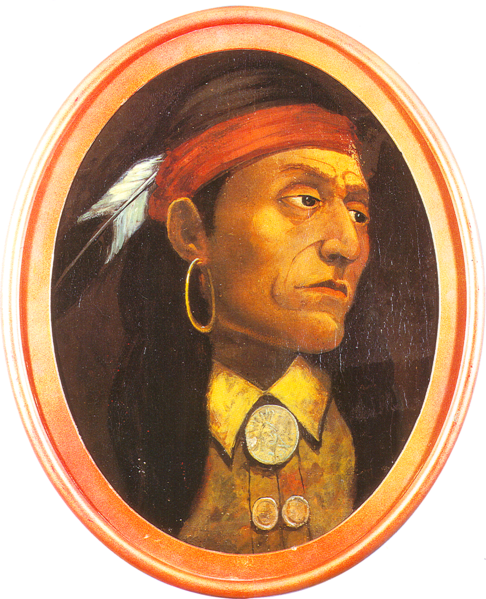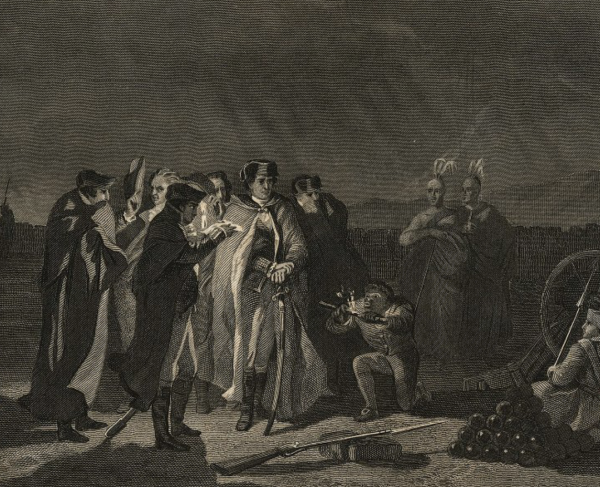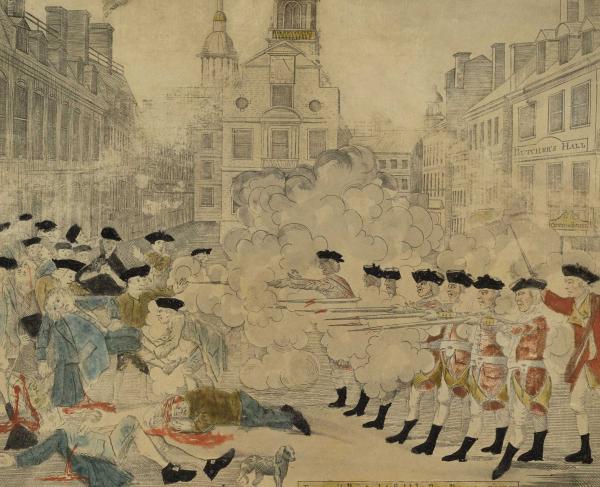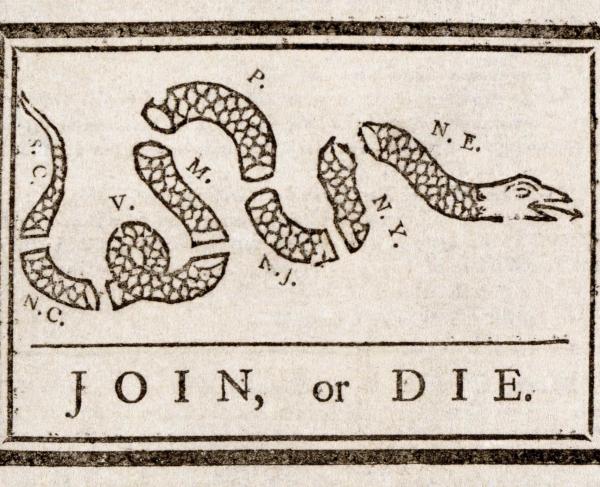
The surrender of Montreal on September 8, 1760, signaled an end to all major military operations between Britain in France in North America during the French and Indian War. Although the guns had fallen silent in Canada and the British colonies, it was still yet to be determined just how or when the Seven Years’ War, still raging throughout the world, would end. What resulted from this global conflict and the French and Indian War shaped the future of North America.
By 1762, the Seven Years’ War, fought in Europe, the Americas, West Africa, India, and the Philippines, had worn the opposing sides in the conflict down. The combatants (Britain, Prussia, and Hanover against France, Spain, Austria, Saxony, Sweden, and Russia) were ready for peace and a return to the status quo. Imperialist members of the British Parliament did not want to yield the territories gained during the war, but the other faction believed that it was necessary to return a number of France’s antebellum holdings in order to maintain a balance of power in Europe. This latter measure would not, however, include France’s North American territories and Spanish Florida.
On February 10, 1763, over two years after the fighting had ended in North America, hostilities officially ceased with the signing of the Treaty of Paris between Britain, France, and Spain. The fate of America’s future had been placed on a new trajectory, and as famously asserted by 19th century historian, Francis Parkman, “half the continent had changed hands at the scratch of a pen.” France’s North American empire had vanished.

The treaty granted Britain Canada and all of France’s claims east of the Mississippi River. This did not, however, include New Orleans, which France was allowed to retain. British subjects were guaranteed free rights of navigation on the Mississippi as well. In Nova Scotia, Fortress Louisbourg remained in Britain’s hands. A colonial provincial expeditionary force had captured the stronghold in 1745 during King George’s War, and much to their chagrin, it was returned to the French as a provision of the Treaty of Aix-la-Chappelle (1748). That would not be the case this time around. In the Caribbean, the islands of Saint Vincent, Dominica, Tobago, Grenada, and the Grenadines would remain in British hands. Another bug acquisition for His Majesty’s North American empire came from Spain in the form of Florida. In return, Havana was given back to the Spanish. This gave Britain total control of the Atlantic Seaboard from Newfoundland all the way down to the Mississippi Delta.
The loss of Canada, economically, did not greatly harm France. It had proved to be a money hole that cost the country more to maintain than it actually returned in profit. The sugar islands in the West Indies were much more lucrative, and to France’s pleasure, Britain returned Martinique and Guadeloupe. Although His Most Christian Majesty’s influence in North America had receded, France did retain a tiny foothold in Newfoundland for fishing. Britain allowed the French to keep its rights to cod in the Grand Banks, as well as the islands of Saint Pierre and Miquelon off the southern coast.
The inhabitants of the British colonies in North America were jubilant upon hearing the results of the Treaty of Paris. For nearly a century they had lived in fear of the French colonists and their Native American allies to the north and west. Now France’s influence on the continent had been expelled and they could hope to live out their lives in peace and autonomously without relying on Britain’s protection.
The consequences of the French and Indian War would do more to drive a wedge in between Britain and her colonists more so than any other event up to that point in history. During the Seven Years’ War, Britain’s national debt nearly doubled, and the colonies would shoulder a good portion of the burden of paying it off. In the years that followed, taxes were imposed on necessities that the colonists considered part of everyday life—tea, molasses, paper products, etc.... Though proud Englishmen, the colonists viewed themselves as partners in the British Empire, not subjects. King George III did not see it this way. These measures were met with various degrees of opposition and served as the kindling that would eventually contribute to igniting the fires of revolution.
That tinder that would eventually be lit the following decade also came in the form of the land west of the Appalachian Mountains, which had been heavily fought over during the war. As British traders moved westward over the mountains, disputes erupted between them and the Native Americans (previously allied with French) who inhabited the region. Overpriced goods did not appeal to the Native Americans, and almost immediately tensions arose. For many in the British military and the colonies, this land had been conquered and rested within His Majesty’s dominion. Therefore, the territory west of the Appalachians was not viewed as shared or Native land—it was rightfully open for British trade and settlement. The Native Americans did not respond accordingly.

What transpired next has gone down in history as Pontiac’s Rebellion (1763-1764) and involved members of the Seneca, Ottawa, Huron, Delaware, and Miami tribes. The various uprisings and uncoordinated attacks against British forts, outposts, and settlements in the Ohio River Valley and along the Great Lakes that occurred, ravaged the frontier. Although a handful of forts fell, two key strongholds, Forts Detroit and Pitt, did not capitulate. In an attempt to quell the rebellion against British authority, the Proclamation of 1763 was issued. The French settlements north of New York and New England were consolidated into the colony of Quebec, and Florida was divided into two separate colonies. Any land that did not fall within the boundaries of these colonies, which would be governed by English Law, was granted to the Native Americans. Pontiac’s Rebellion eventually came to an end.
The Royal Proclamation of 1763 further alienated the British colonists. Many sought to settle the west, and even Pennsylvania and Virginia had already claimed lands in the region. The proclamation prohibited the colonies from further issuing any grants. Only representatives of the Crown could negotiate land purchases with the Native Americans. Just as France had boxed the colonies into a stretch along the east coast, now George III was doing the same.
The French and Indian War had initially been a major success for the thirteen colonies, but its consequences soured the victory. Taxes imposed to pay for a massive national debt, a constant struggle with Native Americans over borders and territories, and the prohibition of expansion to the west fueled an ever-increasing “American” identity. As the years following the French and Indian War drug on, the colonists—already 3,000 miles away from Britain—grew further and further apart from the mother country.
Further Reading:
- Crucible of War: The Seven Years' War and the Fate of Empire in British North America, 1754 - 1766: Fred Anderson
- Bloody Mohawk: The French and Indian War & American Revolution on New York's Frontier: Richard J. Berleth
- The French and Indian War: Deciding the Fate of North America: Walter R. Borneman
- The Long Fuse: How England Lost the American Colonies 1760-1785: Don Cook
- A Few Acres Of Snow: The Saga Of The French And Indian Wars: Robert Leckie
- Braddock's Defeat: The Battle of the Monongahela and the Road to Revolution: David Preston



